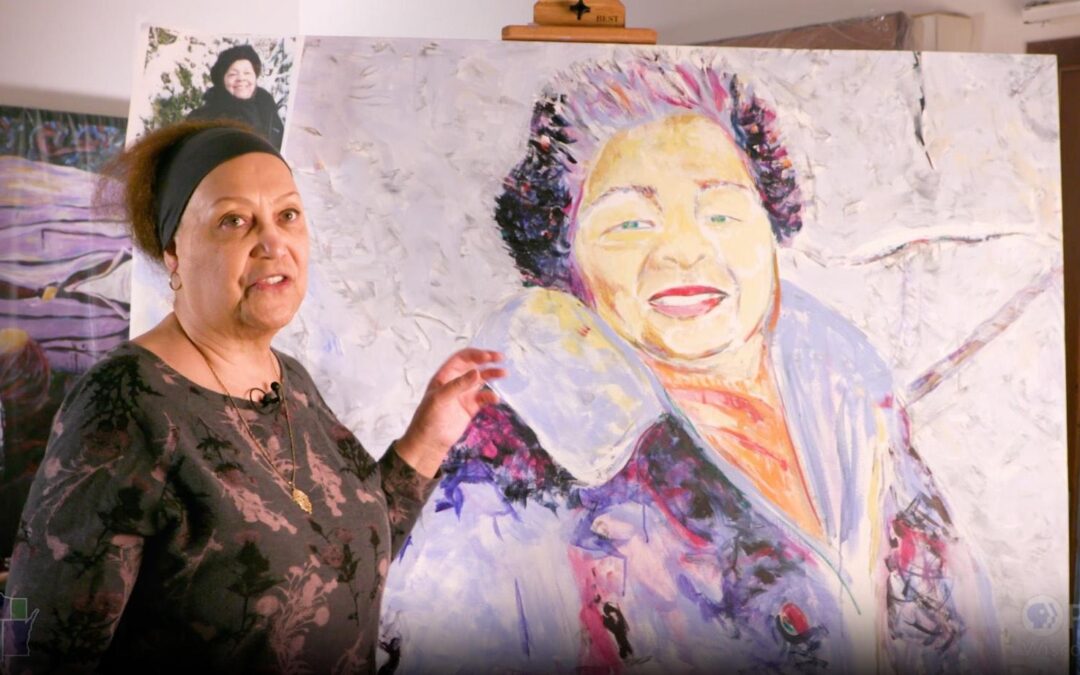In 1972, the University of Wisconsin-Madison hired Freida High Wasikhongo Tesfagiorgis as an assistant professor in the Department of Afro-American Studies to teach African-American art history. At the time, African-American art history was in its nascent form and proliferated into colleges thanks to the civil rights movement’s pressure prompting African-American Studies’ entrance into academia. For 41 years, High worked as a professor and artist devoted to expanding African-American art history’s canon.
High’s entrance to African-American art history began while she was an undergraduate at Northern Illinois University and took an art history course.
“And toward the end of the course, I asked my professor, ‘When will we get to the Black artists?’ And he said, ‘Oh, there are none.’” High said.
An artist herself, High turned her disbelief into an undergraduate independent study on African American artists. She immersed herself in Chicago’s AfriCOBRA art movement, which aimed to utilize visual art to develop a Black aesthetic and uplift Black communities. She took mentorship from Margaret Burroughs, the co-founder of the Chicago DuSable Museum of Art and early pioneer of African-American art history’s preservation.
After receiving her MFA from the University of Wisconsin-Madison, the Afro-American Studies Department hired her to teach and develop African-American art history courses. She was equipped with her research developed during undergrad and expanded discourse on African-American art throughout her tenure. For example, in the 1980s, she created Afrofemcentrism, an art history lens that centers on Black women artists, and changed the art world’s perception of African and African American women on a local and national level.

